Language 101: The LGBTQ+ Edition
“Language exerts hidden power, like the moon on the tides.”
Imagine This:
You wake up tomorrow morning, and everyone you encounter is suddenly calling you the wrong name. You feel amiss, annoyed, disrespected, dismissed, unimportant, unheard…invisible. The people around you do not seem to appreciate or even acknowledge this identity injustice.
Now, imagine it’s much deeper than simply being mistaken for a Hayden versus a Hailey, and you’re being referred to in a way that completely denies or disempowers who you are as a person-right down to your very core. How are you feeling now?
Using Language to Empower:
Appropriate, affirming and inclusive terminology is crucial when interacting with LGBTQ+ individuals in and out of mental-healthcare settings. What you say, and how you say it, can lay the groundwork for a strong connection where both parties’ voices and identities can be validated and celebrated. It is important to note that language is constantly evolving, and what may be affirming to one person may not hold true for another. If you are ever in doubt, don’t be afraid to ask (you know what they say about assuming). Remember, though: your sexual-and-gender-minority contacts should not be your sole educators. There are plenty of resources out there, and cultivating your own understanding of this tenacious, electric, persevering culture shows respect and accountability.
Imperfection is Human:
You won’t be perfect at it, especially in the beginning, and that’s okay. Rewiring our brains takes time and diligence when we have grown up in a heteronormative society that pushes binary boxes on us. As an ally who has dedicated my clinical work to this community, I can recount in painstaking detail the times I have fallen flat on my face. The important thing is that you try, and you keep trying. In the past, language has been used as a weapon to oppress and de-humanize this population, and mental-health professionals undeniably occupy positions of power within therapeutic relationships. Thus, practicing in caring and competent ways is paramount when it comes to doing good work with this community.
A Few Examples:
The acronym LGBTQIA can be broken down to signify lesbian, gay, bisexual, transgender, queer or questioning, intersex and asexual or allied. Although the umbrella term is frequently used in everyday conversation to talk about this community as a whole, each letter within this acronym represents its own unique and multifaceted group of diverse individuals.
The term “queer” was once considered a derogatory label, and although it has been reclaimed by some within the LGBTQ+ community, it is not universally accepted.
A common mix-up stems from the lack of distinction between sexual orientation and gender identity. The Human Rights Campaign does a solid job breaking it down. Sexual orientation refers to “an inherent, immutable” attraction to other people, whereas gender identity is meant to describe a person’s “innermost concept of self as male, female, a blend of both or neither.”
**This post is not meant to serve as an exhaustive, one-stop guide. Detailed lists of affirming terminology can be accessed via several outlets; glaad.org is a personal favorite of mine.
Be a Change-Agent:
In order to honor the heart of this post, I shall end with a quote on the quintessential power of language. To harm or to heal, you get to decide.
“The human need for language is not simply for the transmission of meaning. It is at the same time listening to and affirming a person’s existence.”
MORE BY CAITLYN










